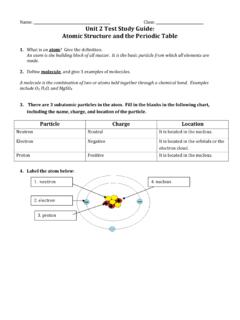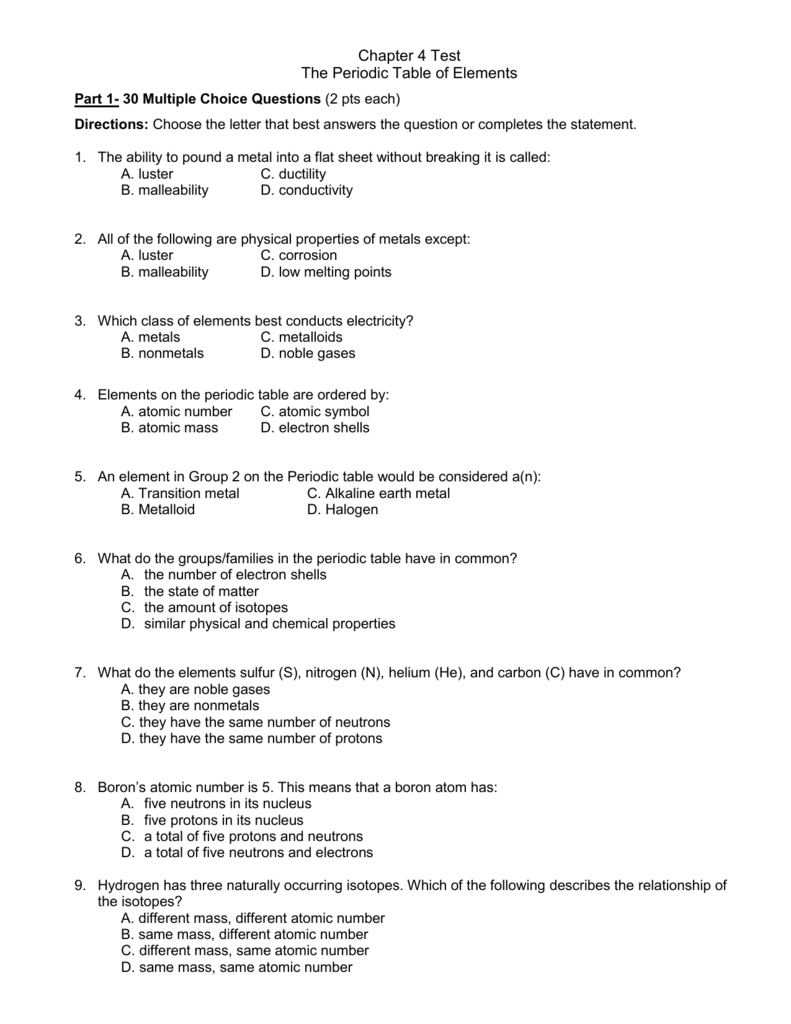
The electrons in these metals then made transitions from (low, high) energy levels to (low, high) energy levels, resulting in the (absorption, emission) of energy as (electricity, heat, EM radiation). The metals were then in the (ground, excited) state. When this occurred, electrons made transitions from (low, high) energy levels to (low, high) energy levels.

When placed in the flame, the metals then (absorbed, emitted) energy as (electricity, heat, EM radiation). In this experiment, the metal cations in the solutions were initially in the (ground, excited) state.

This one color results from a combination of all lines of the emission spectrum, in proportion to their intensities. For example, helium gas when excited by an electrical discharge emits light that appears an orange- peach color.

To the naked eye, when an element is vaporized in a flame (or an electrical discharge)the emission spectrum will appear to be just one color. Unfortunately, techniques more sophisticated than those used in this lab are required to obtain such line spectra.
#Chapter 4 atomic structure answer key pdf#
For example, the line spectra shown below for the elements helium and carbon are clearly quite different (colors can be seen in the PDF document on-line). The result is called a line emission spectrum, and can serve as a ‘fingerprint’ of the element to which the atoms belong. If emitted photons are in the visible region of the spectrum, they may be perceived as lines of different colors (note that photons outside the visible spectrum may also be emitted, but cannot be seen). The spacing between energy levels in an atom determines the sizes of the transitions that occur, and thus the energy and wavelengths of the collection of photons emitted. However, when electrons subsequently return from higher energy levels to lower energy levels, energy is released predominantly in the form of electromagnetic radiation. The energy absorbed could be in the form of heat (as in flame tests), or electrical energy, or electromagnetic radiation. So, how does electromagnetic radiation relate to flame tests? Well, when an atom or ion absorbs energy, its electrons can make transitions from lower energy levels to higher energy levels. Other examples of electromagnetic radiation include X-rays, ultraviolet light, infrared light, microwaves and radio waves. Differences in the wavelengths of visible light are manifested as different colors, shown in the color spectrum below (colors can be seen in the PDF document on-line). Visible light is the most familiar example of electromagnetic radiation. Boron occurs naturally as two isotopes with atomic masses of 10.01 and 11.01.J \cdot s\). Periodic table and periodicity worksheet chapter 5: Chapter 4 atomic structure worksheet reply key pearson education children can discover multiplication by tinting. Periodic table and periodicity worksheet chapter 5: Chapter 4 Chapter 4 atomic structure wordwise worksheet answers java games. chapter 4 atomic structure worksheet answer key measuring atomic mass instead of grams, 402. The atom is because this is also the number charged in the atom. Samacheer kalvi 7th science solutions term 1 chapter 4 atomic. Source: īoron occurs naturally as two isotopes with atomic masses of 10.01 and 11.01. Source: Wonderful chapter 4 atomic structure worksheet answers pearson breadandhearth.

Periodic properties of elements variations solved questions videos chapter 4 atomic structure. Thousand years would pass before scientists would know the answer. Atomic Structure Review Asnwer Key / Atomic Structure Review Worksheet from Chapter 4 Atomic Structure Worksheet Answers.


 0 kommentar(er)
0 kommentar(er)
